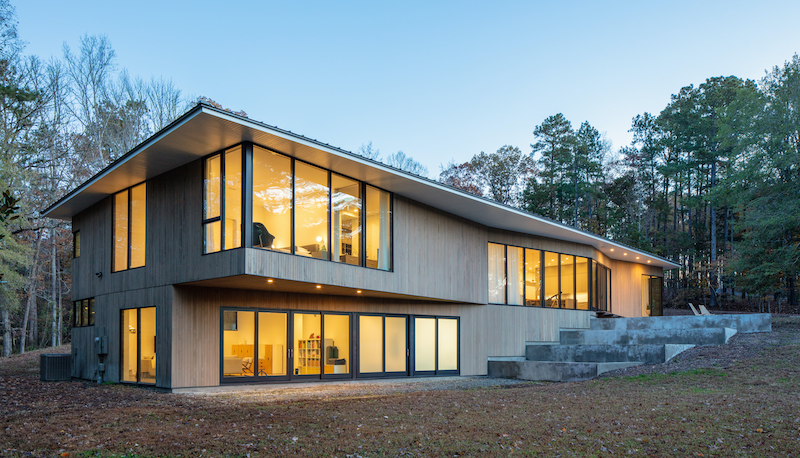Architects have numerous tools to visualize and share their concepts. However, the most effective one is often overlooked. It isn’t a BIM program, a virtual fly-through, or the latest 3D printer.
It’s communication, a lack of which can cost more than any itemized expense and make the benefit of the above tools seem insignificant.
Why do so many architects struggle to effectively communicate with their clients when business depends on it? To answer that question and find a solution, let’s look at fundamental communication challenges in any client engagement.
· Understanding the client’s viewpoint completely
· Having thorough communication between stakeholders
· Sufficiently managing design requirements
· Responding to and being aware of changing client needs
· Getting enough feedback from the client
Miscommunication costs time, which leads to unnecessary expenses and delays for both parties. Due to outside factors, some of the above challenges may be impossible to overcome, yet all could be solved with effective communication from kickoff to review.
What does this look like? Scheduling time to implement changing design requirements, permitting clients to feel as though they’ve contributed, and using intuitive visualization techniques for presentations.
All of which—in a perfect world— would result in an on-budget, on-track project.
But the reality is that things aren’t perfect. So, consider these client engagement best practices to help clear communication hurdles and keep projects moving.

Lead with a robust brief. The brief is the foundation of value. A strong one explains what the client needs, desires, and expects from the project. It’s even better when discussed face-to-face or via video conference so the architect can understand whether the client approves of their direction.
Listen and understand. Clients are motivated by both personal and business considerations. Those considerations might include strategic objectives, corporate social responsibility, or ruling philosophy, but will always be overshadowed by constraints of capital, time, and risk. Ask clarifying questions to unearth these motivations and use them to form impactful solutions and productive dialogue.
Champion the vision. Once value is extracted from the brief and research, the vision becomes clear. Now it must be delivered in such a way that reaches the hearts and minds of clients. Modern communication aids such as computer aided design (CAD), augmented reality, and high-concept renderings will bring the environment to life and allow you to walk your clients through every detail.
Learn and improve. For projects to be the best they can, learning and improvement must be continuous. Create feedback opportunities at every phase and provide explanations that inspire more in-depth thinking. Clients look to architects as the shepherds of their concepts. The more effective the feedback and rationale, the richer and more vibrant the vision becomes.
The benefits of effective communication go beyond project management. Not only does it help keep progress on track and within budget, but it can lead to increased revenue, more significant sales opportunities, and happier clients. It’s a skill that will always be in demand.
For assistance with window and door specifications or installation, visit JELD-WEN’s professional portal.



